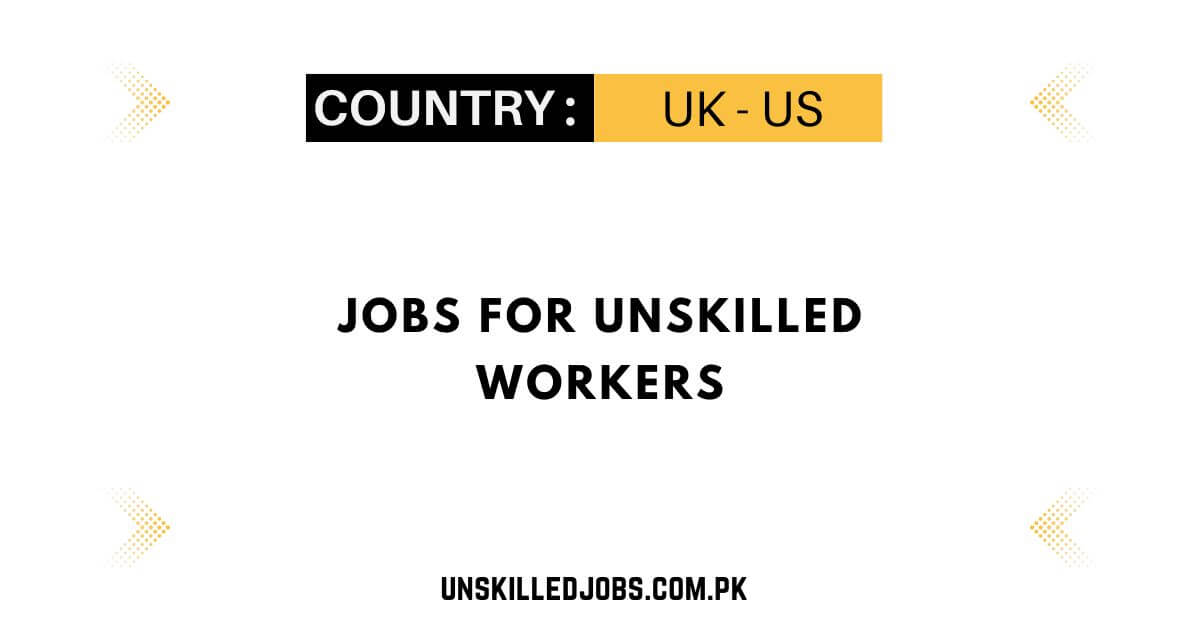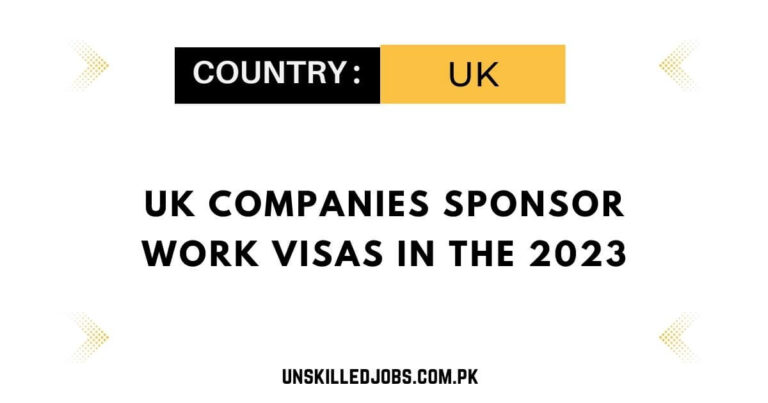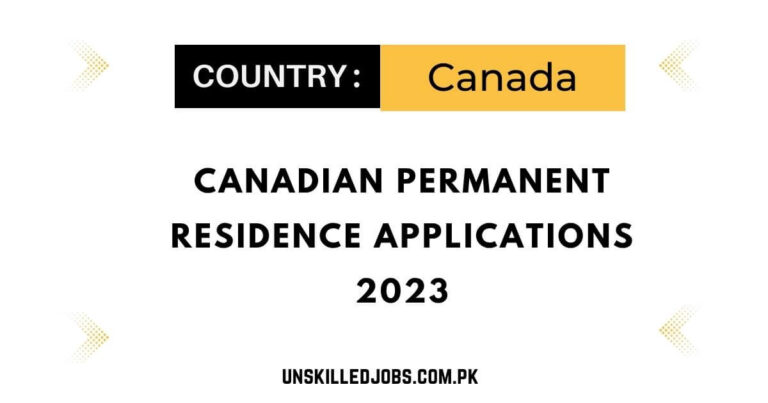Jobs for Unskilled Workers
Jobs for Unskilled Workers The EB-3 green card category is valuable for many different types of foreign workers, but it can also result in lengthy waits for an eligible immigrant visa.
The third priority category of U.S. green cards attainable through employment (of five total categories) is rather broad and less demanding than the others. It allows persons who have obtained job offers in the United States to apply for green cards (lawful permanent residency in the United States).
- professional workers
- skilled workers, and
- unskilled workers.
We’ll go over the qualifying requirements for each of these three subcategories, as well as some of the requirements and problems associated with obtaining an EB-3 immigrant visa. (What exactly is an “immigrant visa”? Technically, it is the U.S. entrance document that immediately converts to lawful permanent residency once the foreign national arrives in the United States and is admitted; the actual green card arrives in the mail several weeks later. This is distinct from the many temporary work visas accessible to foreign workers.)
How Many EB-3 Green Immigrant Visas Can Be Granted to Foreign Workers Annually?
- Each year, a limited number of EB-3 immigrant visas are available—only 40,000 in total, with 10,000 reserved for unskilled employees. And because demand frequently exceeds supply, a waiting list forms.
- As a result, workers classed as unskilled frequently have to wait for ten years or more for acceptance of their visas and green cards, which is more time than workers in the two other groups endure. The exact length of the wait is determined by how many other people apply, but there is a significant demand for unskilled workers—consider how many employers would like to sponsor their nanny or carer for a green card.
- Per-country constraints also influence visa allocation in this and other categories.
Job Offer and Labor Certification Prerequisites for EB-3 Visa
To begin, the foreign national must have a permanent, full-time job offer from a U.S. business in order to qualify for an EB-3. The employer must next begin the procedure by acquiring an acceptable labor certification from the United States Department of Labor. The goal is to confirm that the employer attempted to hire US workers for the job but was unable to find any who were willing and qualified.
All three EB-3 subcategories require labor certification. (There is no national interest waiver available for the third preference, in which applicants demonstrate that hiring the foreign national will benefit the US so much that labor certification is not required.)
Professional Worker (No Advanced Degree) Subcategory of EB-3
Who qualifies as a professional? The description in immigration law is ambiguous, noting simply that professionals include architects, lawyers, physicians, engineers, and instructors. Aside from these “professions,” the United States Citizenship and Immigration Services (USCIS) prefers to admit workers with a university degree who are employed in their field of expertise.
Keep in mind that the job being advertised must necessitate a very particular degree, and the prospective employee’s degree must be in a similar field of study. For example, a civil engineer position requires a bachelor’s degree in civil engineering, which the foreign worker must have. Employment requiring only a bachelor’s degree in any subject will not qualify as a “professional” for EB-3 purposes.
A worker with no more than a bachelor’s degree and less than five years of work experience is typically a good fit for this group, assuming the position being offered requires a bachelor’s degree. (With five years of experience, the worker may be eligible for a higher priority category, EB-2.) As long as the worker possesses the required degree, confirming eligibility in this group is simple.
Skilled Worker Subcategory of EB-3
Workers in occupations that do not normally require a college degree but do require at least two years of training or experience fall under the category of skilled workers. Certain sorts of computer and technological professionals (but not researchers or managers), cooks, construction first-line supervisors, stonemasons, reporters and journalists, graphic designers, and fashion designers, for example, may be classified as EB-3. Training can be credited if the individual has completed postsecondary education in the field.
It is not always clear how much experience or training a person should have for a certain profession. A local state labor department office is a good place to find out how many years of education and experience are required for the job in the issue. You can also look this up on the Department of Labor’s website.
Read Also: Unskilled Jobs in Berlin For Foreigners With Visa Sponsorship 2023
Unskilled Worker Subcategory of EB-3
Any employment that does not fall into one of the above-mentioned groups would be best suited to the EB-3 subclass of unskilled workers. Unskilled occupations are those that need less than two years of training or experience.
Among the expected applicants are housekeepers, nannies, janitors, garden workers, nurse’s aides, and farm employees. Of course, the worker’s qualifications must meet whatever requirements the employer ordinarily has, or the individual will not be awarded a green card under this EB-3 subclass. For example, a worker who is offered a position that requires a one-year vocational training program must complete it before the sponsoring U.S. firm may begin the green card process. On the application, the employer must confirm that the prospective employee meets the work requirements.
Getting Legal Help
Most employers who wish to hire a foreign national in this category will retain the services of an immigration attorney to guide them through the technical and procedural procedures. Larger corporations may have in-house attorneys dedicated to this role.
Frequently Asked Questions
What is an example of an unskilled job?
An example of unskilled work is one that includes loading or unloading materials from or into a machine. Unskilled labor does not result in skill development. 2. SEMISKILLED employment necessitates some abilities but does not necessitate sophisticated job requirements.
What is the most effective way to find unskilled labor?
Job Opportunities for Unskilled Workers
Employment agencies are a good source of external recruitment. Employment agencies are administered by a variety of sectors, including the private, public, and government. It delivers unskilled, semi-skilled, and skilled resources based on the organization’s needs.What do you call an unskilled worker?
“Unskilled labor” is an outmoded word that originally described a sector of the workforce with a restricted skill set or little economic value for the task done. Low-wage labor is the correct term.







